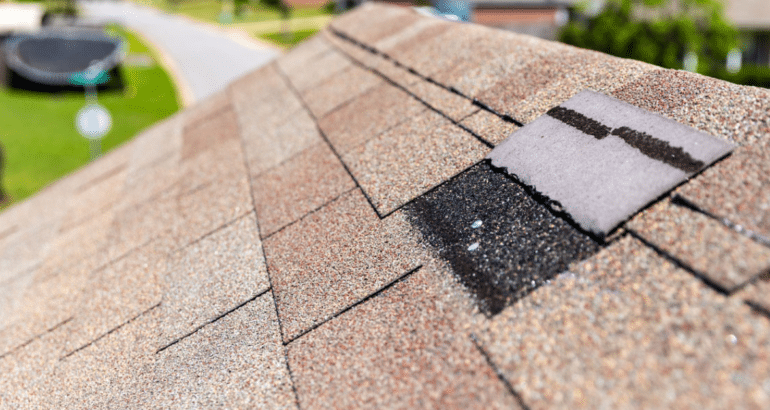
Who would buy a roll of paper towels at full price if there was a coupon for 30% attached to it? (Silence) This is Florida – we have storms and hurricanes and after this active hurricane season we don’t need a reminder. This means that the way a building is constructed, and the safety features it has in place are a huge priority. For condominium owners and associations, wind mitigation inspections are not just a fun choice—they are essential. These inspections assess a building’s ability to withstand high winds, providing critical information to ensure safety, reduce insurance premiums, and enhance property value. Florida has a different standard for wind mitigation than other states, so let’s see what Florida wind mitigation inspections entail, and how they are must-haves for condominium buildings.
What Does a Wind Mitigation Inspection Cover?
Wind mitigation inspections evaluate specific features of a building that protect against wind damage. For condominium buildings, these inspections look at the following:
- Roof Shape and Covering – Inspectors check the shape of the roof (hip, gable, or flat) and the type of covering material, such as shingles, tiles, or a built up covering like tar and gravel. Roof coverings must meet the 2001 Florida Building Code or later to qualify for insurance credits.
- Roof Deck Attachment – Our inspector examines how the plywood roof deck is attached to the trusses or rafters. We inspect for the distance between each nail and are required to show photographic evidence of this on the report.
- Roof-to-Wall Connections – We look for metal straps, clips, or other reinforcements that connect the roof to the walls to ensure they meet current building standards.
- Opening Protection / Windows, Doors, and Shutters – Our inspectors assess whether openings, including windows, doors, and garage doors, are impact-resistant materials or shutters to prevent wind and debris from breaching the structure.
- Secondary Water Resistance – A backup layer of protection beneath the roof covering, such as underlayment, helps prevent water intrusion in case the primary roof is damaged.
- Building Age and Code Compliance – Buildings constructed or significantly updated after 2002 are evaluated for compliance with the latest wind mitigation standards.
- Gable-End Bracing – For buildings with gable roofs, the inspection checks for adequate bracing to reduce the risk of collapse in high winds.
- Overall Structural Integrity – The inspection evaluates whether the building design incorporates features that enhance stability during severe weather events.
Why Should Condominium Boards and Associations Get a Wind Mitigation Inspection?
- Insurance Premium Discounts
One of the #1 reasons to get a wind mitigation inspection is the potential to reduce insurance premiums. Florida law requires insurance companies to offer discounts for wind mitigation features, which can lead to huge savings. - Increased Safety and Peace of Mind
Knowing that the building is fortified against hurricane winds provides peace of mind for residents and owners. It ensures that the property is better equipped to handle hurricanes, reducing the risk of terrible damage. - Compliance with Florida Building Code Requirements
Wind mitigations ensure that the building complies with state-mandated standards. This is particularly important for condominium associations responsible for maintaining common areas and shared structures. - Protecting Property Value
Prospective owners are often willing to pay a premium for enhanced safety and lower insurance costs. - Planning and Preventative Maintenance
Our inspection report provides insights into areas the community could improve. Condominium associations can use this information to plan upgrades, such as retrofitting for hurricane straps, installing hurricane shutters or roof replacment, before the next storm season. - Legal and Financial Responsibility
For condominium associations, wind mitigation inspections help ensure legal compliance and demonstrate due diligence in protecting residents and their property. This can minimize liability in the event of storm-related damage. We have seen communities furious with their board or property manager because they did not get a wind mitigation and get discounts. If you catch this before the end of your policy period, know that insurance companies are required to retroactively apply these credits and give you a refund for overpayments
How to Get Started
If you manage a condominium or serve on an association board, scheduling a wind mitigation inspection is a proactive step to ensure safety and financial security. Inspections should be performed by licensed professionals like Prestar who specialize in wind mitigation, and replacement cost reporting. Contact us today to get a wind mitigation on your property. For a more detailed explanation of wind mitigations check out this booklet provided by FloridaDisaster.org

